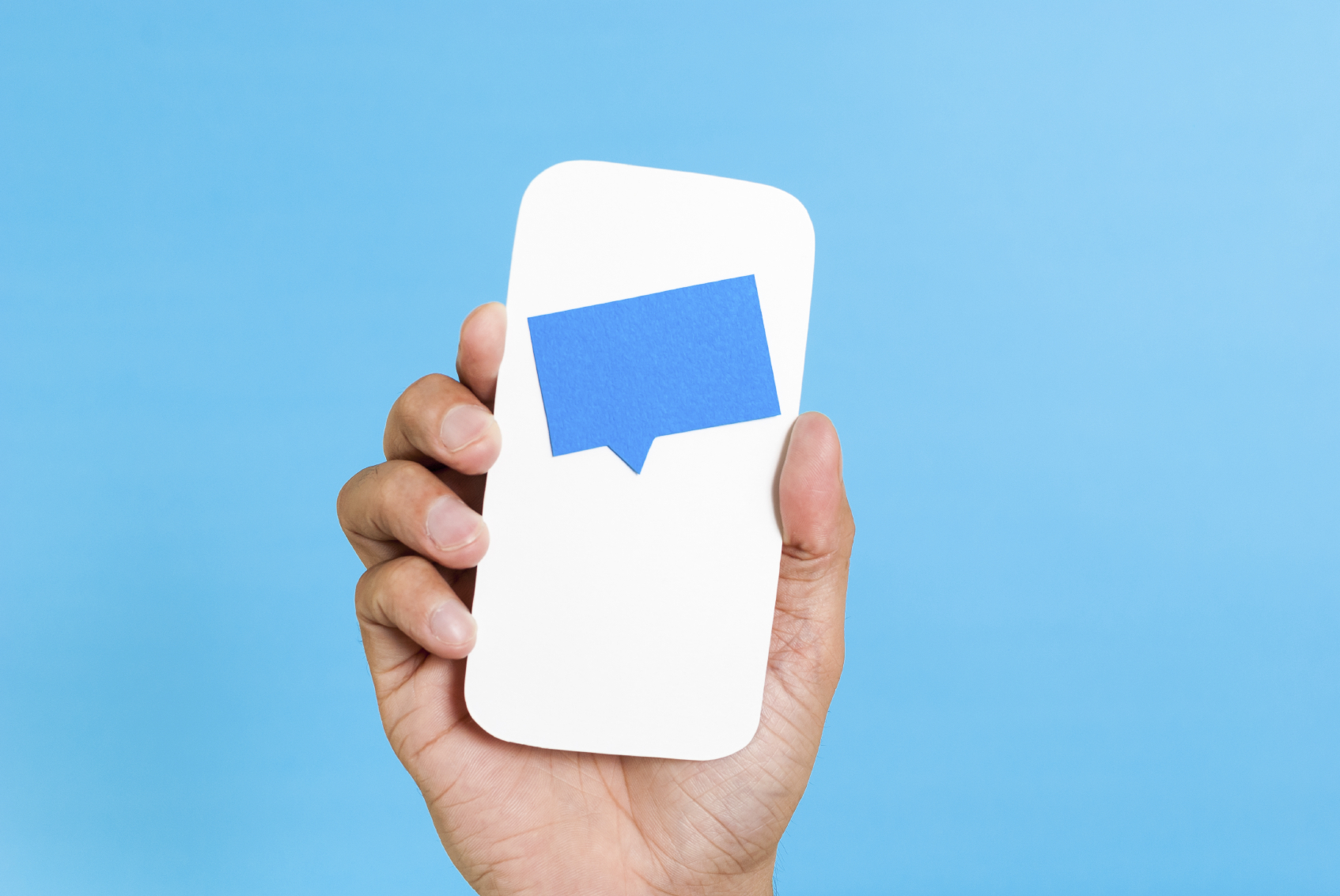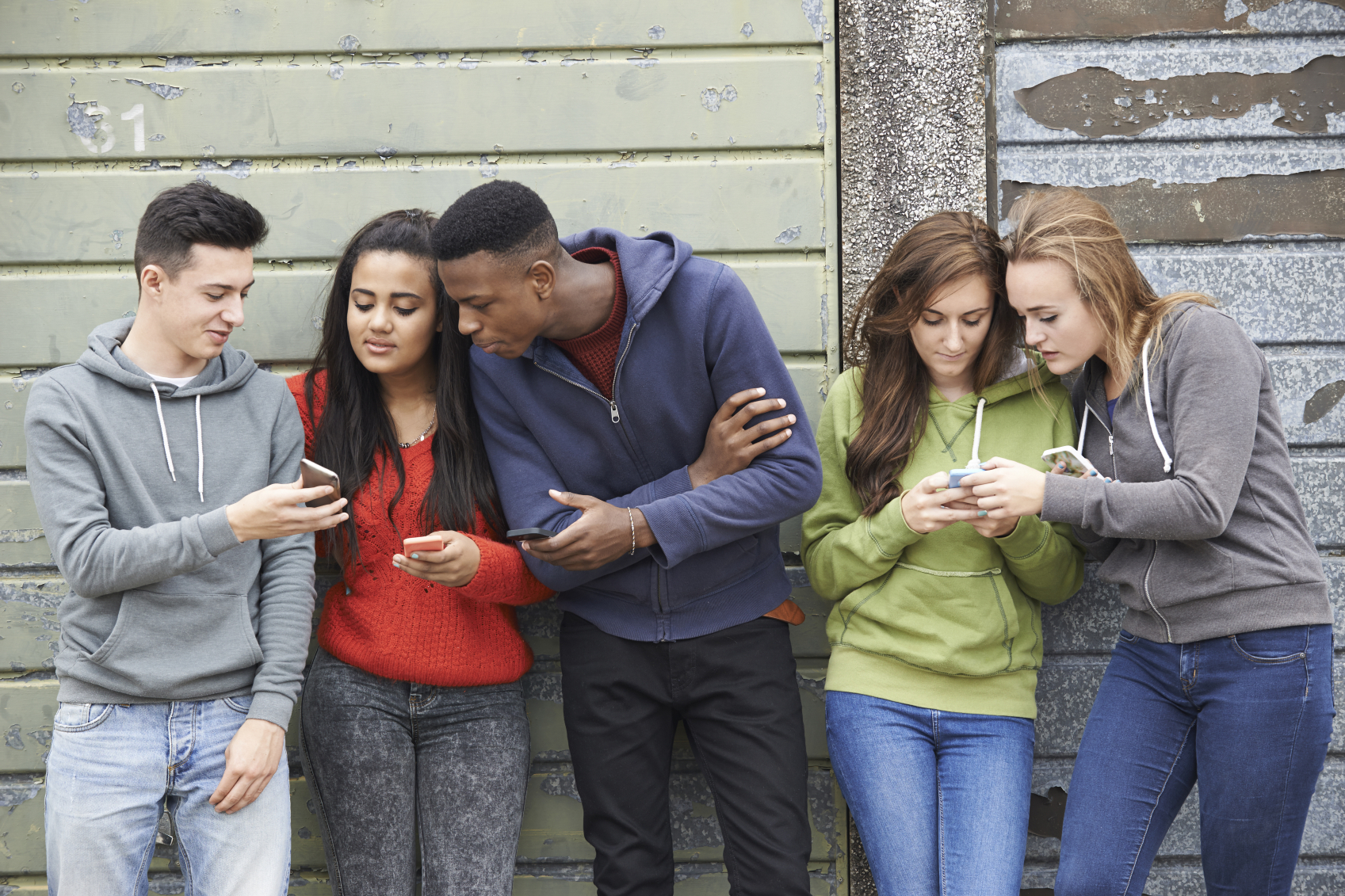Messaging apps are the “The New Face of Social Media,” but how do they compare to the old guard when it comes to organic reach and engagement?
Last week Tango, a messaging app with 200M+ users globally and close to 70M in the US, launched brand Channels– and initial results give a glimpse into the looming battle between messaging apps and Facebook / Twitter. The numbers (assuming they’re accurate) are surprisingly impressive for an opening week, with companies like Spotify racking up 119,000+ followers, bands like OK Go gaining 124,000+ fans, and a curated Feedly “World Cup News” channel netting 233,000+ subscribers.
Brands on Tango often get better engagement on posts than they do on Facebook, even with infinitely smaller fanbases. Spotify’s Father’s Day post, for example, asked users on Facebook and Tango to fill in the same blank “Tell us: I listen to _________ because of my Dad,” and yielded 7,625 likes and 1,114 comments on Tango vs. 1,749 likes and 2,369 comments on Facebook. With 4.5M more Spotify fans on Facebook than Tango, the neck-and-neck results may speak to decreased organic reach on Facebook and high engagement on Tango.

A closer look at fan comments, however, reveals that quality of engaged users on Spotify’s Facebook page is much higher. While Facebook fans thoughtfully answered the question by naming artists, Tango comments include a fairly high concentration of random emojis, troll-like statements like “BITCH WHO DO YOU LOVE?,” and other off-topic ramblings.
What Tango does best is organize channels by topic to facilitates discovery. They even tally total followers by category, making it easy to glean what appeals most to the user base: Music (286,000+ followers), Sports (276,000+ followers), Tango Updates (134,000+ followers), Funny & Cute (118,000+ followers), Entertainment (58,000+ followers), and lastly News (36,000+ followers).
In our messaging app white paper we cautioned against replicating Facebook and Twitter content on messaging apps. But in Tango’s case, they’ve appropriated the classic social media news feed, so understandably brands aren’t getting creative like they might on open platforms like Kik. Tango’s initial focus is also on content creators, with no traditional brands like Coke or Pepsi entering the fray yet. Given the success off the World Cup News channel, brands should consider exhibiting creativity by curating a channel tied to music or sports instead of (or in addition to) a standard brand page.
As the summer progresses, expect more brands join Tango to access its 200M users, which means more competition for eyeballs. We may also witness the first few brands with 7-figure follower counts, inevitably turning heads in the broader marketing community. For now, Tango Channels is off to a promising start.




